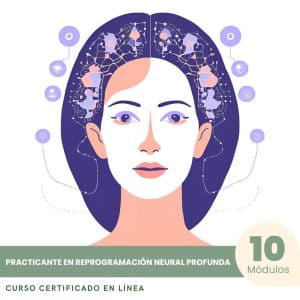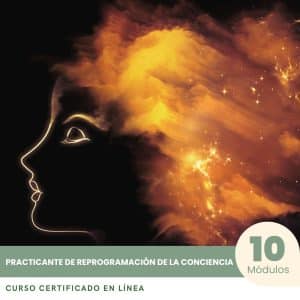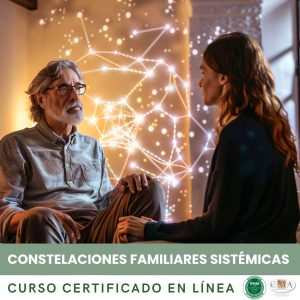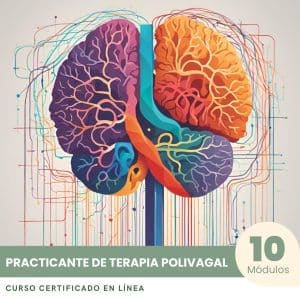5.7 – Laughter Therapy in Crisis and Disaster Situations
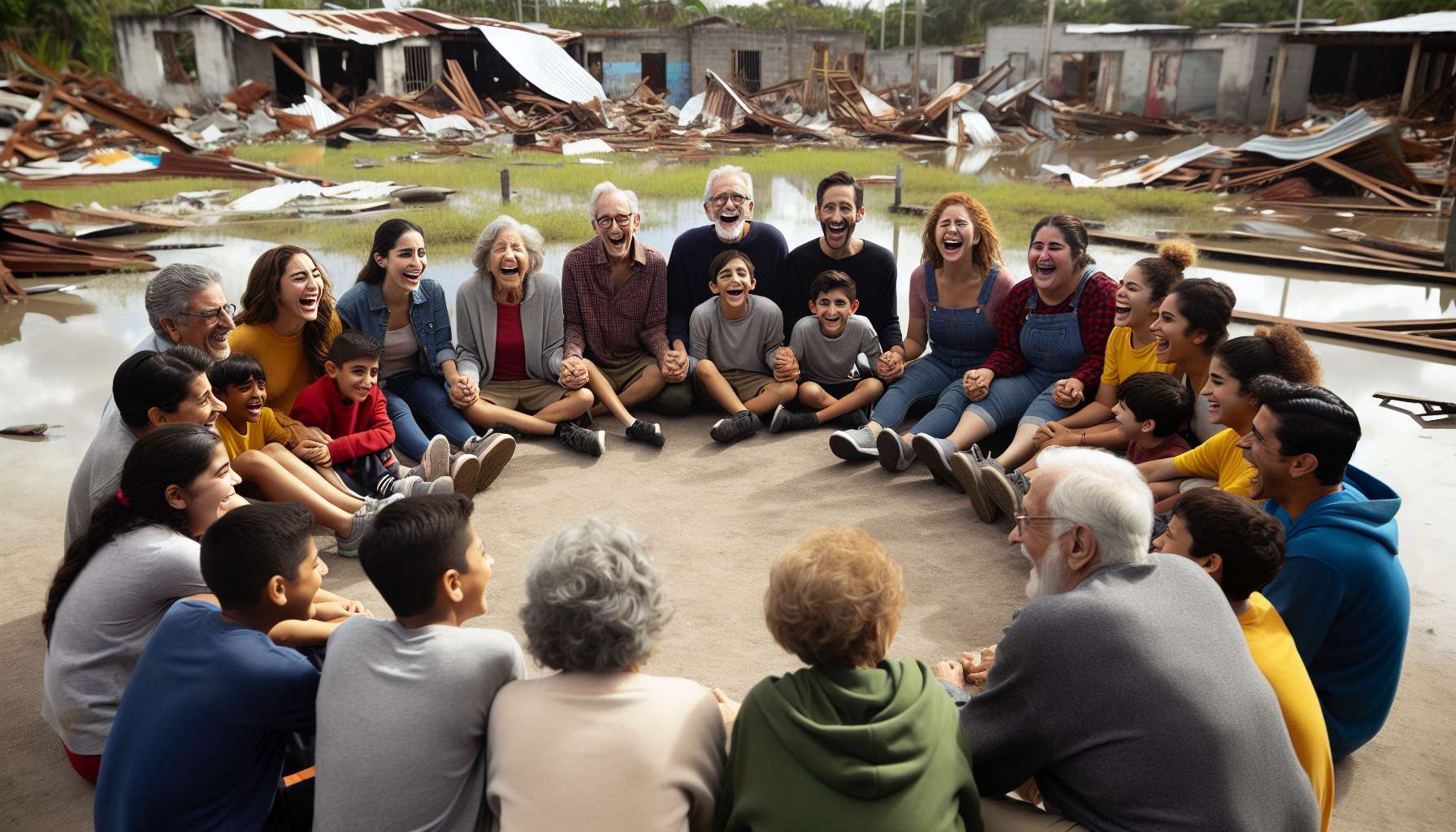
Laughter therapy finds particularly relevant application in crisis and disaster situations, where it provides invaluable support to affected populations and mobilized responders. Faced with the shock, chaos and distress caused by a traumatic event, laughter appears to be a powerful tool for resilience, social bonding and humanity at the heart of the emergency.
In the early stages of the crisis, characterized by stupefaction and hyperactivity, interventions from emergency clowns or laughter therapists help to bring an initial soothing and reassuring presence to disaster-stricken individuals. By proposing a safe space for games and emotional expression, they help to relieve tension, restore a sense of normality, and reconnect with pleasure and life despite the circumstances. For children suddenly plunged into fear and insecurity, these shared moments of laughter are essential in preventing the establishment of trauma and supporting the healing process.
Inspiring example: After Typhoon Haiyan hit the Philippines in 2013, the “Clowns Without Borders” organization deployed an emergency mission to support children and families in the disaster-stricken areas. For several weeks, professional clowns toured shelters and schools to offer interactive performances mixing laughter, poetry, and music. A mother’s testimony: “For an hour, I saw my children become carefree and joyful again, as if nothing had happened. It gave me strength to face the difficult days ahead”. A beautiful example of the reparatory power of laughter in times of crisis.
In the post-immediate phase, collective laughter workshops help to strengthen cohesion and mutual aid within affected communities. By creating convivial and shared spaces at the heart of disorganization, they help to maintain the social fabric and prevent the isolation of vulnerable individuals. Laughing together is already rebuilding together and projecting towards the future. Initiatives such as “laughter clubs” in refugee camps or “laughter festivals” in disaster-stricken neighborhoods testify to the populations’ ability to remobilize and keep hope alive through humor.
Remarkable anecdote: After the 2015 earthquake in Nepal, a group of young survivors spontaneously created a “laughter club” in their ruined village. Every night, they gathered to share jokes, songs and laughter exercises, inviting neighbors to join them. Quickly, these meetings became a unifying ritual for the entire community, drawing strength to overcome everyday difficulties. A beautiful example of the collective resilience that shared laughter can spark.
But laughter is also a valuable tool for stress prevention and management for emergency professionals (rescuers, caregivers, humanitarian workers…), who are strongly exposed to vicarious trauma and exhaustion. By integrating relaxation and let-go spaces through laughter into their intervention framework, they can better regulate their emotions, strengthen their team cohesion and maintain their capacity for empathy towards victims. Associations like “Clowns Without Borders” or “Le Rire Médecin” thus offer specific training to crisis responders to help them preserve their mental health and effectiveness in the field through laughter.
In the reconstruction and rehabilitation phases, laughter therapy can be integrated into the psychosocial and community support mechanisms set up for the affected populations. Regular workshops combining laughter with other artistic and creative media (theater, dance, music..) help to support resilience, revaluation and projection of individuals. By cultivating joy and humor as resources in the face of adversity, these spaces help to prevent the onset of post-traumatic disorders and regain the power to act on one’s life.
Inspiring example: After the Paris attacks in 2015, the association “Rire pour Guérir” offered “resilience through laughter workshops” to those directly or indirectly affected. Blending laughter yoga exercises, cooperative games and speaking times, these workshops allowed participants to release their emotions, regain confidence, and develop mutual support ties. Testimony from a participant: “Thanks to laughter, I managed to unlock something within me and reconnect to life. I am leaving with concrete tools to cultivate joy despite everything and not let fear win”. A great example of the complementarity between psychotherapeutic approaches and therapeutic laughter.
Among the exercises particularly suited to crisis and disaster situations, we can mention:
– Standing or sitting laughter breaths that help to release tension and refocus
– Collective circle laughter that creates a joyful “here and now” connection
– Humorous role-playing that helps to de-dramatize lived situations
– Positive visualizations that stimulate resources and confidence in the future
– Team laughter challenges that strengthen cohesion and cooperation
To be fully beneficial, laughter therapy in crisis situations must be ethically integrated and coordinated with the overall psychosocial response, in collaboration with local actors. It requires specifically trained facilitators, capable of continuously adapting to the context and working on their own resilience. Laughter should not be an end in itself but remain in service to the needs and rhythms of the individuals.
In summary, by reintroducing lightness and humanity into the heart of chaos, laughter therapy is a wonderful breath of resilience and life for populations and responders confronted with the unthinkable. A practice that is both sensitive and powerful, for healing the soul’s wounds with shared laughter.
Key takeaway :
– Laughter therapy is a valuable tool for resilience, social connection, and humanity in crisis and disaster situations.
– In the initial stages, emergency clowns bring a calming and reassuring presence to disaster-stricken individuals, especially children.
– Collective laughter workshops strengthen cohesion and mutual aid within affected communities, contributing to maintaining the social fabric.
– Laughter is also a tool for stress prevention and management for emergency professionals, who are highly exposed to vicarious trauma and exhaustion.
– In reconstruction phases, laughter therapy can be integrated into psychosocial support mechanisms to support the process of resilience and revaluation of individuals.
– Among the adapted exercises: laughter breaths, collective circle laughter, humorous role-playing, positive visualizations, team laughter challenges.
– Laughter therapy in crisis situations must be ethically integrated and coordinated with the overall psychosocial response, with specifically trained facilitators.
👉 To download docx (Editable) file click here : Click here
👉 To download PDF file click here : Click here
👉 To download MP3 file click here : Click here
